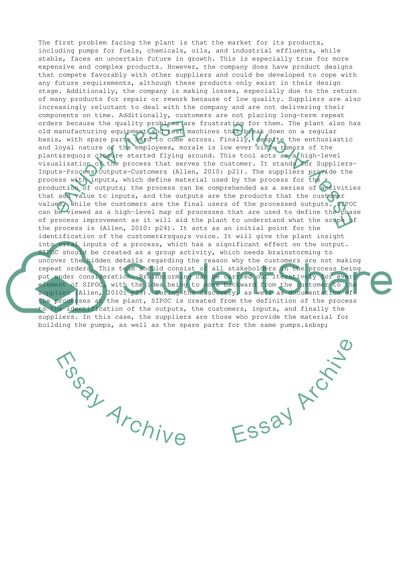Cite this document
(“Industrial Management: Situational Review and Key Areas of Difficulty Essay”, n.d.)
Industrial Management: Situational Review and Key Areas of Difficulty Essay. Retrieved from https://studentshare.org/management/1459409-industrial-managemant
Industrial Management: Situational Review and Key Areas of Difficulty Essay. Retrieved from https://studentshare.org/management/1459409-industrial-managemant
(Industrial Management: Situational Review and Key Areas of Difficulty Essay)
Industrial Management: Situational Review and Key Areas of Difficulty Essay. https://studentshare.org/management/1459409-industrial-managemant.
Industrial Management: Situational Review and Key Areas of Difficulty Essay. https://studentshare.org/management/1459409-industrial-managemant.
“Industrial Management: Situational Review and Key Areas of Difficulty Essay”, n.d. https://studentshare.org/management/1459409-industrial-managemant.


